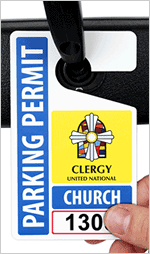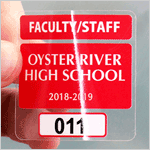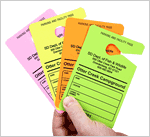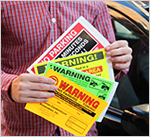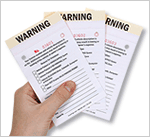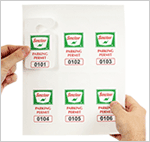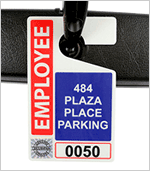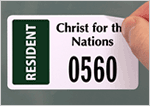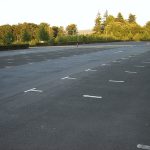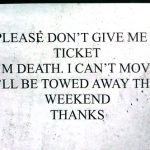Boston considers unconventional parking and transportation changes
If the transportation transition committee convened earlier this year by Mayor Marty Walsh had its way, Bostonians would soon see their streets repaired in order of importance and their parking-meter rates fluctuate during peak hours.
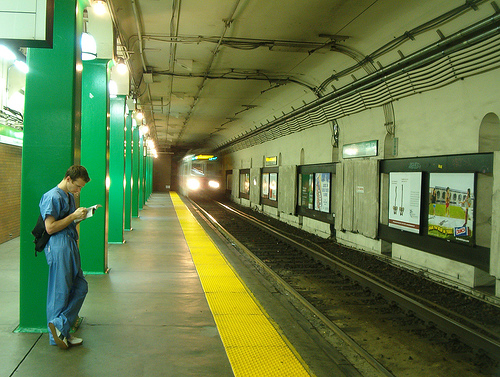
Boston’s transit outlook is shifting under a the mayor of Boston’s guidance. From Cirofono.
At least those are some of the changes put forth by the committee, originally tasked with developing recommendations for how Beantown might improve its transit system while preserving the city’s environment, economy, green spaces, and livability. Much of the 21-page report presented ho-hum suggestions (encourage more transportation alternatives, get tough on double parking) but a small handful of exciting—and potentially controversial—ideas stood out.
1. Use a ranking system to determine which streets should be plowed or repaired first. While this idea may “foster increased transparency and allow residents to have an understanding of when their street will be paved, plowed, or repaired,” as the authors of the report wrote, it might also breed resentment. Residents of a D-rated street may not enjoy watching their neighbors on A-rated streets drive easily to work while they struggle through gray snow drifts for a third week in a row.
2. Reserve a supply of city-owned parking spaces for point-to-point car-sharing services. Zipcar already does healthy business in Boston, but think how much more popular the car-sharing company would be if it could make one-way travel more convenient for drivers. Right now the service requires motorists to return the cars to a particular location, which works for running errands or going on day trips but rules out one-way journeys. City Hall might look to San Francisco, which is rolling out a similar program, as it considers this recommendation.
3. Green light Green Line trolleys and buses. Buses and light-rail trains should have automatic right-of-way at intersections, according to many transit advocates. It would make routes faster and encourage more people to take public transit. As Peter Furth, a civil engineering professor at Northeastern University, said recently, “If we can put a man on the moon, we should be able to get buses through the green light without messing up any of the other traffic.”
4. Install real-time parking-spot counts at parking garages. Repeatedly going up and down parking-garage levels to find a space wastes time, adds to air pollution, and eats up dwindling reserves of oil. If digital signs that announced in real-time the number of parking spaces available were installed in front of garages, it would give motorists a more realistic picture of their chances at any given garage. The technology is popular in Europe.
5. Implement dynamic pricing for parking meters. Dynamic pricing, a strategy that sets prices based on current market demands, is already used in the cities of San Francisco and Los Angeles. There, pricing at parking meters fluctuates depending on demand so that drivers might pay anywhere from 50 cents to $6, depending on time of day.
Related Posts
Category: Municipal, Parking management

